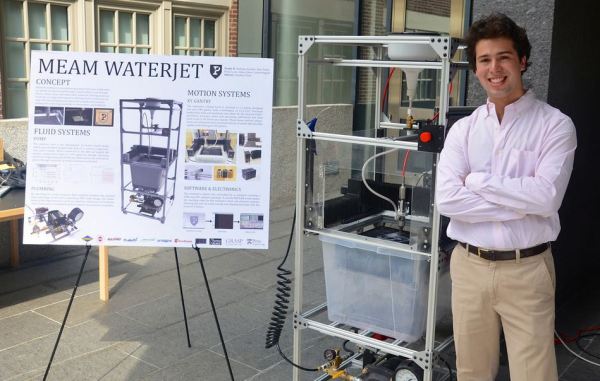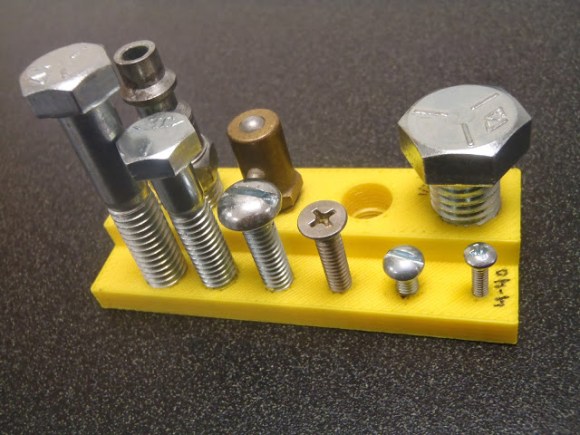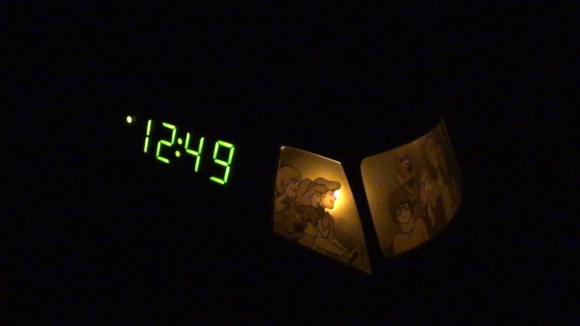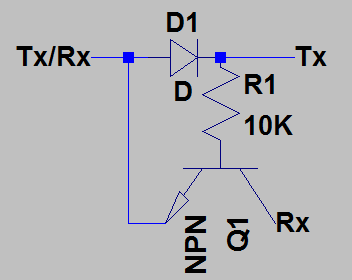Waterjet cutters are generally huge machines, with equally large price tags. But what if there was a hobbyist level waterjet cutter that was actually affordable? Well, for their Senior Design Project at the University of Pennsylvania, [Adam Libert] and his team made one that could retail for less than $5000.
[Adam] was the lead mechanical designer on this amazing project, and he designed the fully waterproof XY gantry, capable of withstanding the water and abrasive from the cutter. The entire machine is only 2′ x 2′ by about 5′ tall, making it extremely portable and easy to move through doorways — and it runs off of plain old 120VAC and shop air. It is capable of cutting through up to 1/4″ aluminum and 1/8″ steel with a working area of 12″ x 14″ at a tolerance of 0.005″.
Not surprising, the project won the Mechanical Engineering Senior Design competition in 2012 with accolades for outstanding creativity. We weren’t able to find any information on the future plans for this project, but we hope they make it open-source, or even run a crowd-funding campaign for it.
The goal was to create the first ever low-cost, small scale, and easy to use waterjet cutter, and judging by the video, it looks like they did it — stick around after the break to see for yourself.

















